|
When should student work be censored? Last week Ian Sands and Andrew McCormick talked about this important subject on Art Ed Radio, and their conversation made me reflect on my own teaching. How should we balance fostering student voice with following a school's expectations for appropriate content? How do we create a classroom climate that celebrates and respects differences? These are issues I deal with quite a bit, because I teach students to use their own ideas and I value art that makes a point, so I plan and teach projects like Artists Communicate, where I ask my kids to make work about political or social issues that are important to them. When I work with my kids to make decisions about content I think of it as a series of decisions we make together. I give advice based on my experience but the final decision is up to the student. In my opinion, we don't need to censor as much as inform and support. It's not everyday you see one of your best students spelling "cunt" with letters cut from magazines, but when this happened I was totally fine with it. Her work was about the relationship that insults and self harm have with each other. When this work was in the planning stages it started with the hand and I asked if she'd considered something in the background. Text was one of the solutions she came up with, and adding it made this piece much more powerful, so I supported her. The challenge came when she wanted to enter in in a show. I was worried that the gallery might reject it. We talked about it and she decided to mat it in a way that cut off part of the text on the edges, making the language still present but more subtle. She decided that lowering the risk of the show rejecting it was worth a bit of editing. "Mrs. Purtee, I want to make artwork about drugs" was the statement that started this final portfolio collection. I was tempted to "just say no" but instead I asked her to tell me more. What we figured out through conversation over a few classes, was that she was inspired by psychedelic artwork, not drug use. We talked about surrealism, which inspired her. She ended up with a very strong body of work that avoided trite symbolism. Most importantly she was happy with it. A few more examples: Figuring out how to express challenging ideas visually is motivating and challenging at the same time - perfect fodder for the classroom. Conversation is the key when students are making art that could be controversial. When I talk to kids about their work I always try to respect their ideas and help them figure out how to say what they want while understanding the boundaries that are part of being a student. The other type of conversation that has to take place is with the whole class. From the first day on, I let my students know that my room is a place where ideas and opinions are respected. I model this in how I interact with kids and I remind them when they slip up. For example, when I hear racist or sexist language I always address it in a polite and direct way. I intentionally work to create an atmosphere where it's safe to express ideas. My students rise to the challenge - I remember one instance where there were works in progress at one table about religion, feminism, sexual assault, a pro-life view on abortion and trans rights. Everyone just rolled with it.
1 Comment
Motivation is a slippery thing. Some students have it in spades, working outside of class, coming in at lunch and always challenging themselves. Others do the bare minimum, or decidedly less. How can we help unmotivated students find their passion? In a TAB classroom, one obstacle to motivation is the unknown. It makes sense - a student in our educational system's teach to the test culture can easily have almost no experience with generating and developing independent ideas. When we ask students to do this it's uncomfortable. It's so uncomfortable for some that they shut down instead of running the risk in investing in a task they perceive as hard. These students need a framework. The one I use is Artistic Thinking Process. I created Artistic Thinking Process, or ATP, to scaffold working through the creative process. I use it as the structure for all my lessons, building skills and independence incrementally. Early on in a course I teach the options under each category, later students decide what will work best for their creative needs and preferences. When students are stuck, which most often happens in the Inspiration and Design phases, I refer to ATP in conversations with them. We read through the options and talk through possible next steps. Using ATP makes the design process tangible and accessible instead of overwhelming. Emma, a student that I had in Art 2, is a good example of how ATP can be used to scaffold for creative independence. She was frequently stuck in class. I'd often find her not working. Instead, she was on her phone or doing homework, which looked like she was unmotivated. However, when we talked I realized she was stuck and had no idea going about making decisions. She had an idea - to make a watercolor painting for our sequence of events project - but she had never used watercolor and had no idea what to do next. After talking, we decided that she needed some new skills, so I did technique demo for her. Next, after talking it through with me, she decided to find resource images of sunsets, then experiment with technique. After lots of practice and support from me she ended up creating a successful painting. More importantly, she learned a process to make decisions with through our ATP conversations. By the end of Art 2 she was able to do this mostly on her own. Sometimes what looks like motivation is just having the right skill set.
I was tiptoeing around the subject, so I’m going to be clear here. Cookie cutter lessons are a waste of your time and do little for students. Consider why teachers use these projects - they produce good results. Is this a valid reason for teaching a lesson?
We shouldn’t be in the business of worrying about what looks good on the wall, but rather with making students who are independent artists. These sort of step-by-step projects often take weeks to produce and leave students with little more than the work itself. Other issues include:
I think that most teachers realize how empty cookie cutter projects are, but many do them anyway. We’re pressured to put on a show, to always have appealing work on display. However, just because it’s expected doesn’t mean it’s right. If a lesson of yours produces indistinguishable work, get rid of it. If it is all about the product, try something new. Try lessons that:
The most important thing when deciding what to teach is this: What do I want this experience to leave my students with? There is no one right answer to this question. It might be an understanding of art history, a love of painting, the ability to create independently or mastery of a specific skill. “Something pretty on the wall” is probably not your answer - don’t let it be your contribution. Myths of TAB: students aren't challenged. Fact........... Wait, why is this even a myth? The truth is that teaching varies from person to person, so one can't really make sweeping generalizations about other's teaching styles, but I'm going to anyway. The work of any art experience is in the planning, the research, the making choices.If you are doing this work for your students, how rigorous can your teaching be? In my Art 2 class, the final challenge consisted of this: 3 weeks to select a theme, created 3 high quality works of art and an artist statement - all to be displayed at our first annual Portfolio Day. I love art shows, but I wanted an event for kids that was attended by their peers and teachers during the school day. So we made food and sent out invitations. People came for the food and stayed for the art! It was a motivating, positive, community-building event. Everyone had work to display and everyone showed huge growth. The public accountability of this event provided an extra push that we all needed. I'm so proud of this class! *tears* |
Mrs. PurteeI'm interested in creating a student student centered space for my high school students through choice and abundant opportunity for self expression. I'm also a writer for SchoolArts co-author of The Open Art Room. Archives
December 2019
Categories
All
|
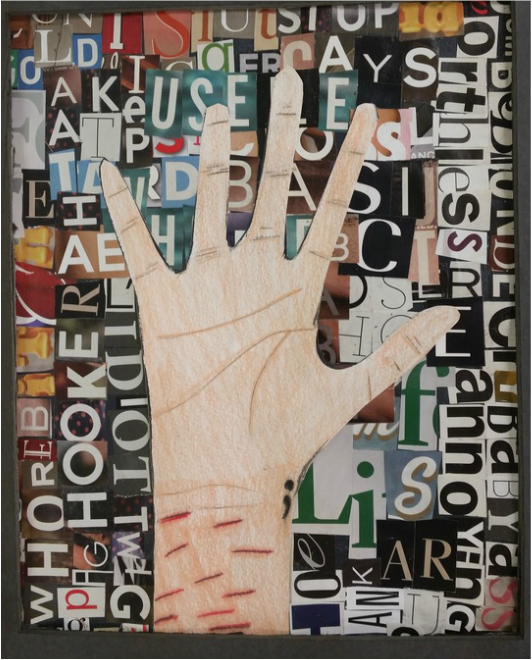
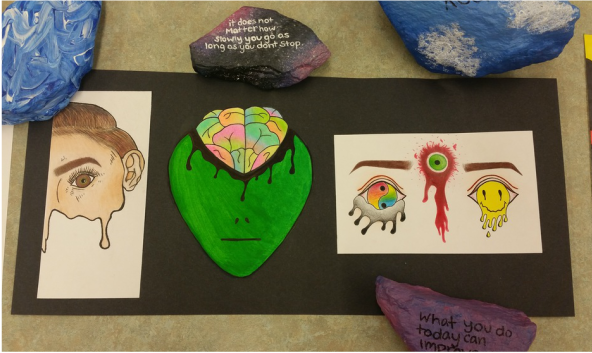
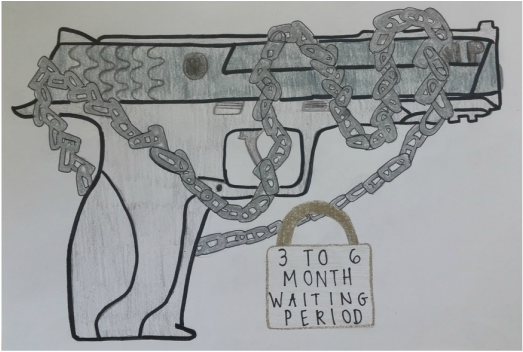
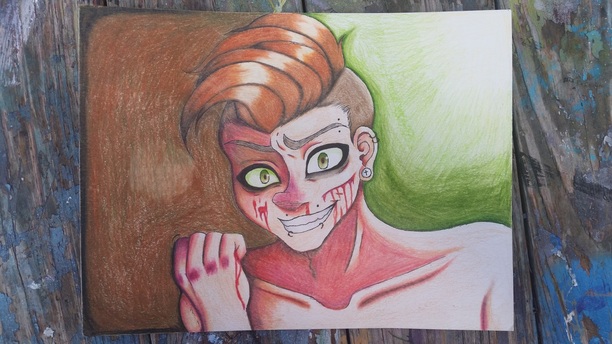
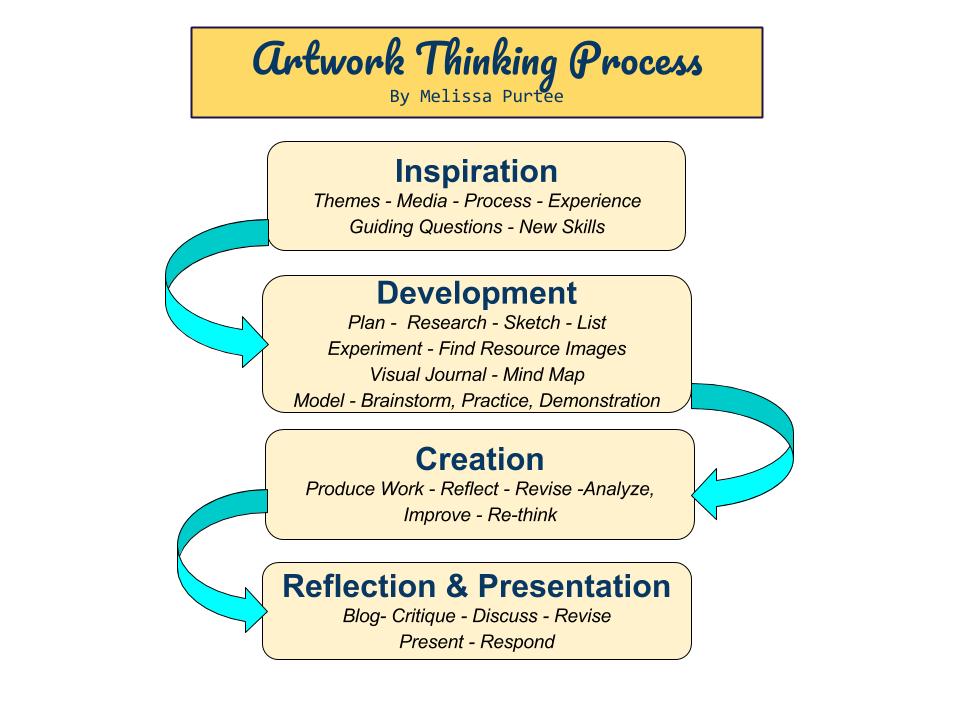
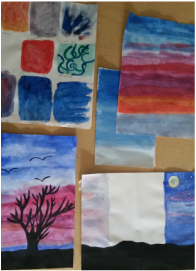
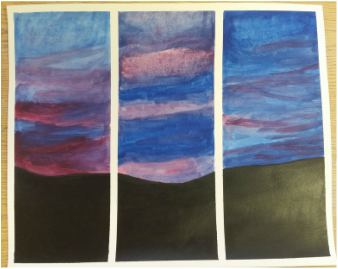
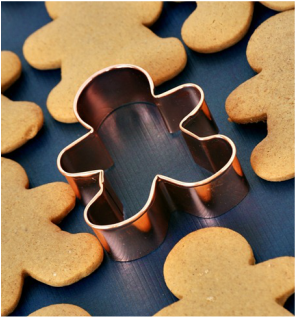

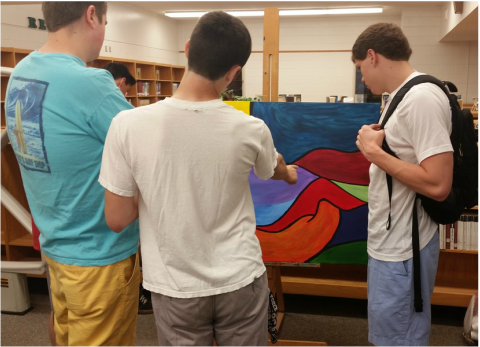
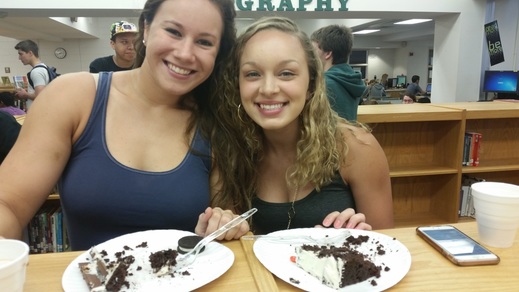
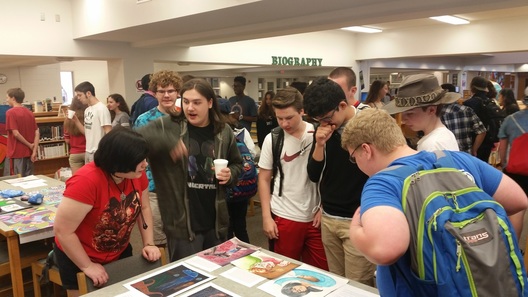
 RSS Feed
RSS Feed
